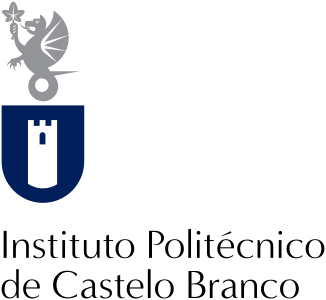Search results
2 records were found.
ABSTRACT: This paper reflects part of a broader investigation on the
development of methodologies to identify, value and manage design
capabilities in order to create a sustainable competitive advantage. With
the automotive industry and smaller supplier Portuguese companies as
background, this paper explores the resource-based view theory (RBV)
and the dynamic capabilities theory as a theoretical construct for a
further development of research tools.
In the automotive industry, OEM (Original Equipment Manufacturers)
continue to control the overall design of the vehicle, as part of the ability
to manage the offer portfolio and brand communication. However, the
industry have been moving towards an increasing participation of smaller
suppliers in product development processes, pushed towards capabilities’
development as a requirement to continue competitive in the OEM’s
suppliers network.
The role of design and design management capabilities have been
explored as strategic resources or core competencies. However, Design is
not typically found in smaller supplier firms as resource (as opposed to
Design studios in larger companies) but found as a process in resourcecapability
combinations, establishing the need for a new research
approach. Therefore, the RBV is a tool to value the design process as a
sustained competitive advantage. The RBV conceptualizes a framework
to determine or identify the strategic resources available or needed
within a company. At these lenses, the basis for a sustainable competitive
advantage lies in the application of the bundle of valuable resources
identified and at the firm's disposal and the combinations with its
capabilities






